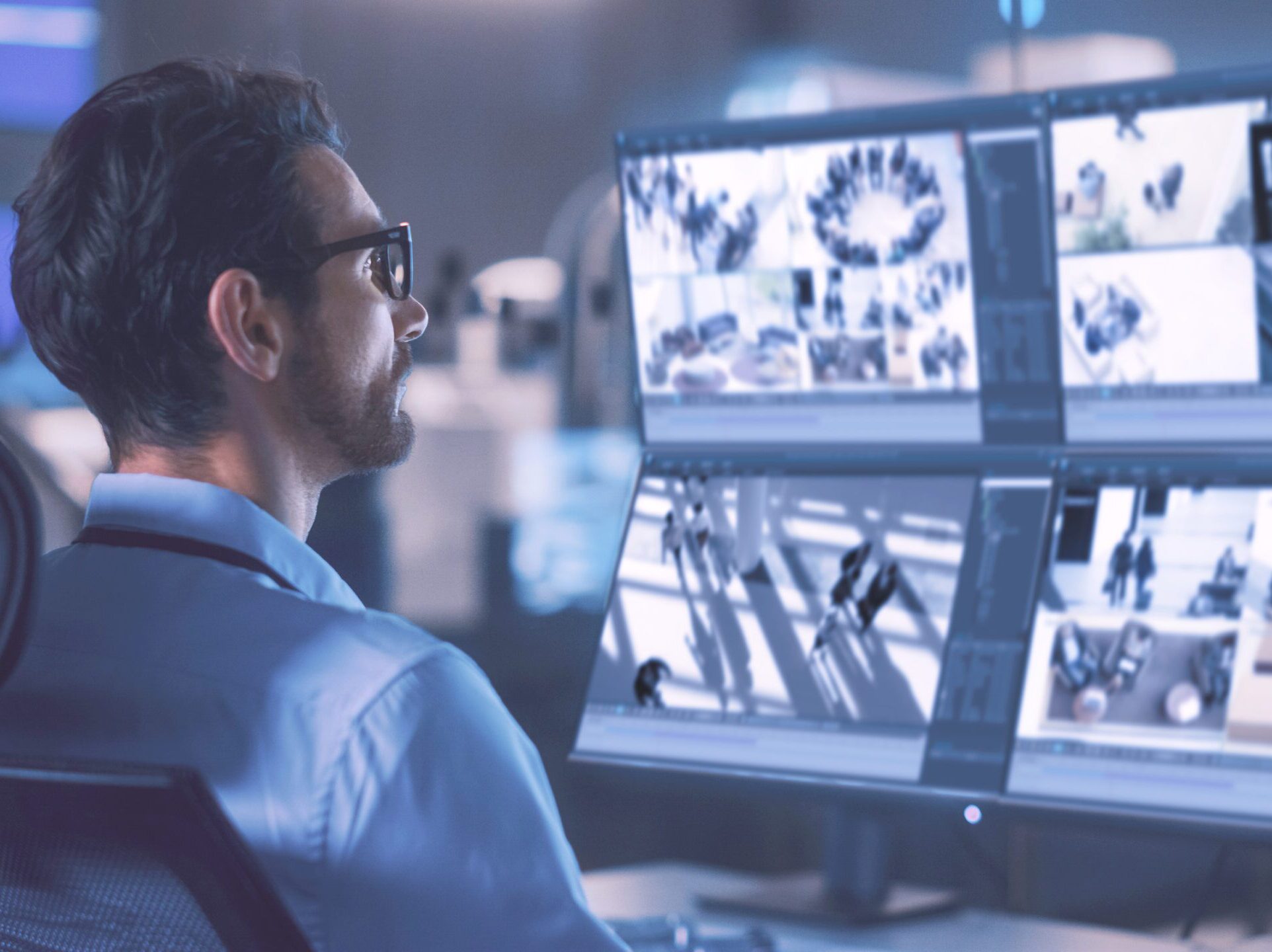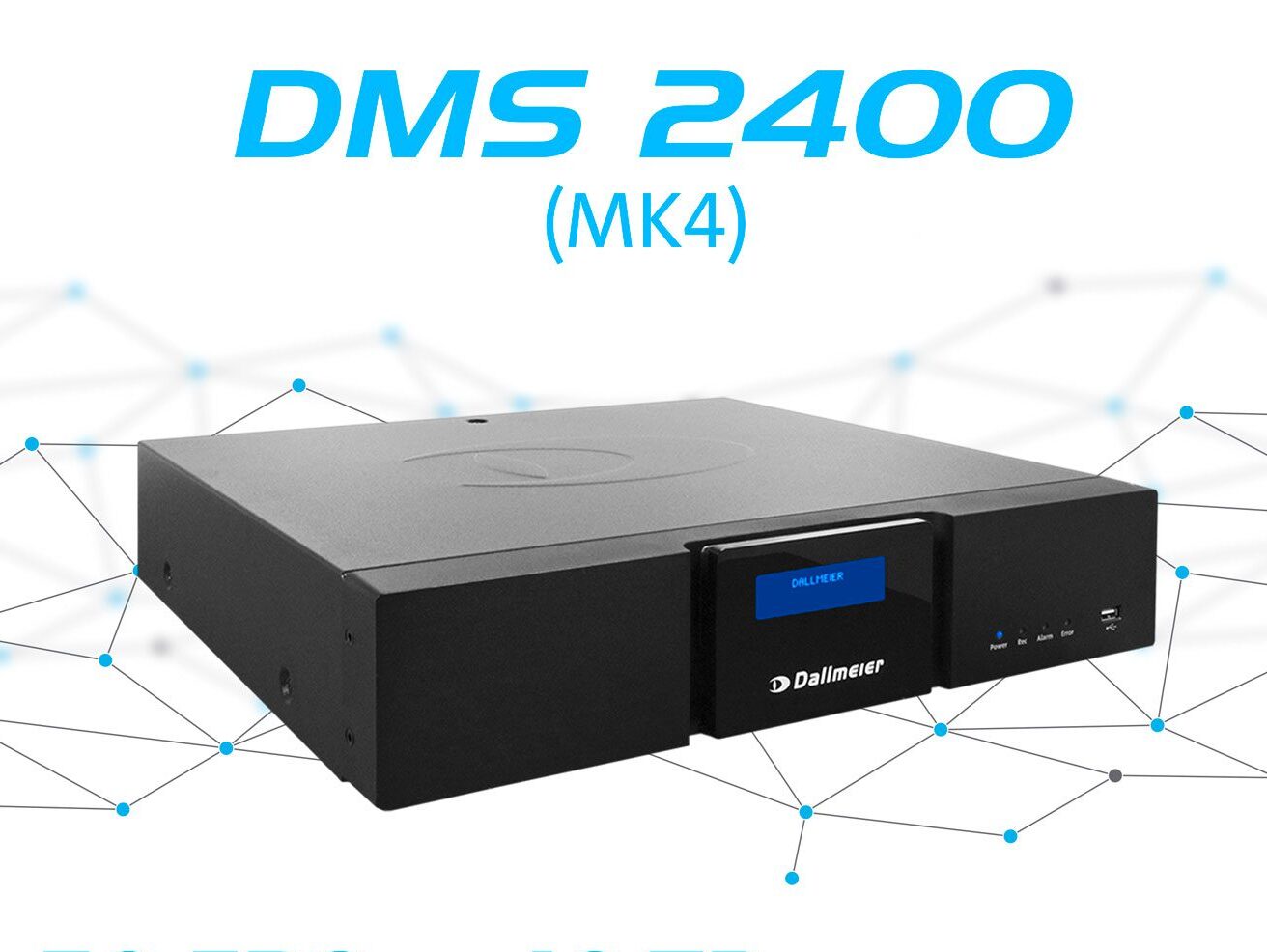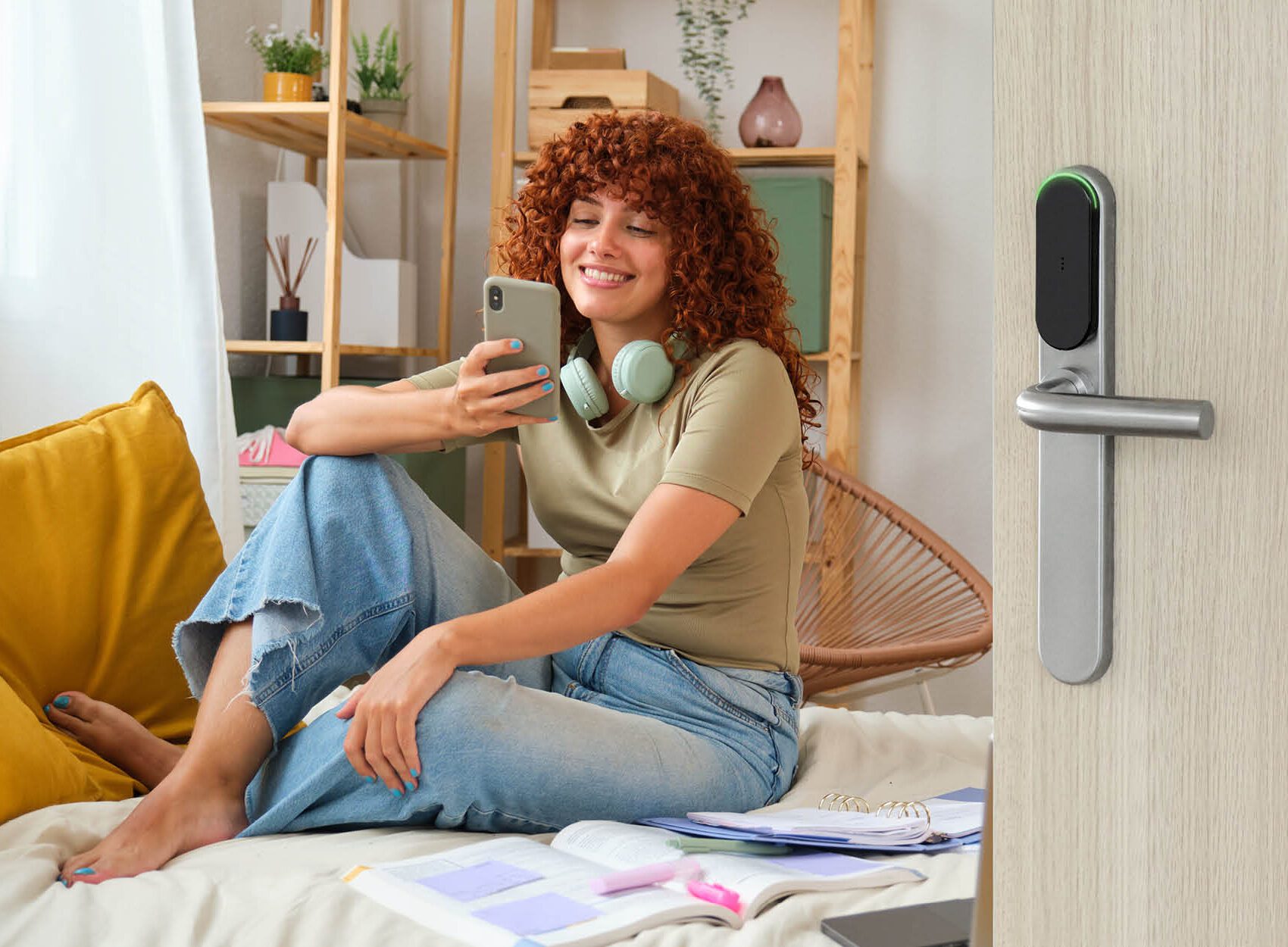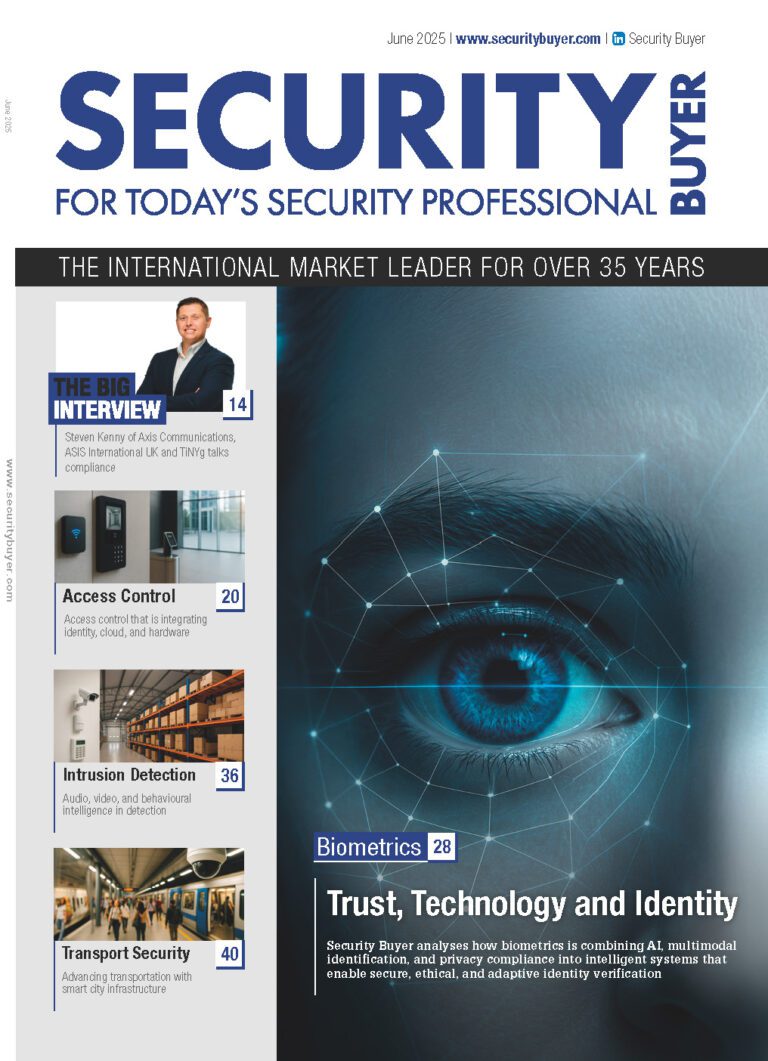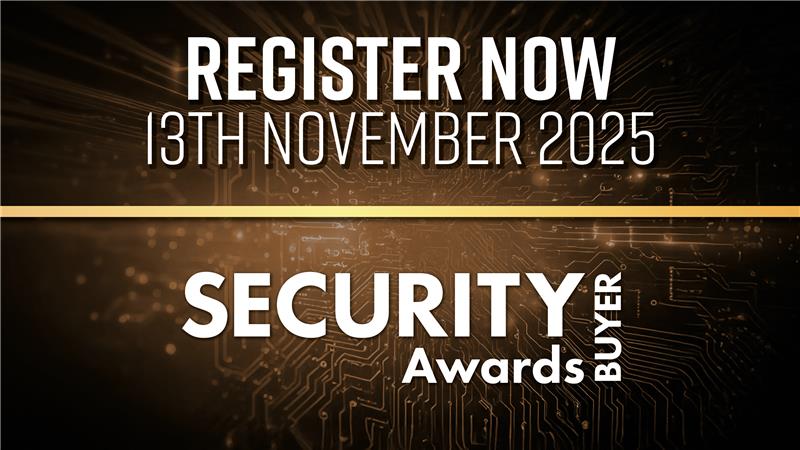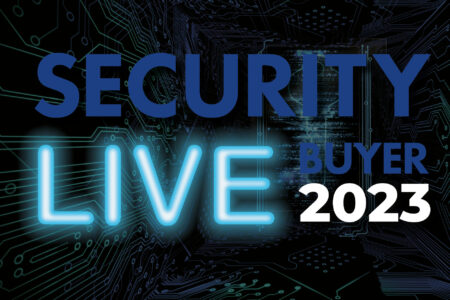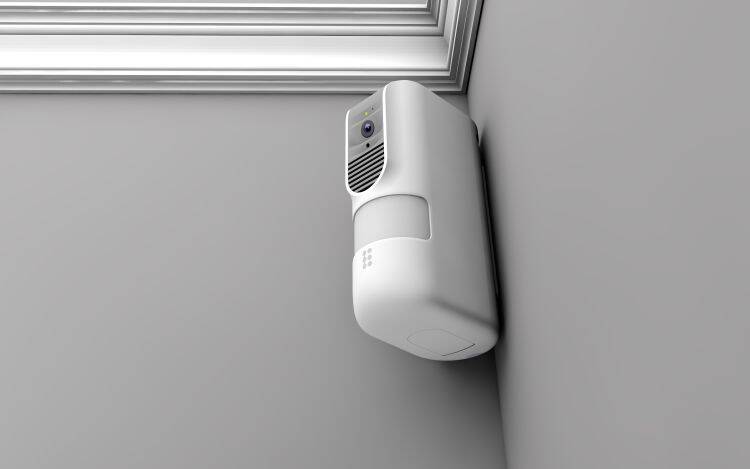Covid-19 has presented an entirely new set of rules in terms of safety in the workplace, so what aspects of security are seeming more important during this time?
Security is one of the most vital aspects that a person looks for in a workplace before joining the company. It is the duty of the firm to provide a secure working environment to its employees. Therefore, proper security systems like CCTV, access control, cybersecurity and other security equipment should be in place so as to monitor the incomings and outgoings. Using biometric scans or other such devices ensure that only employees can enter or leave the office building. It is also important to conduct security checks from time to time to assess the efficiency of current systems. The security system in place will thus be strengthened if necessary.
Along with the physical security of the employees, it is essential to ensure that important data, networks, software, equipment and company’s assets are also protected. When it comes to data security, it is important to have a protected network such that it is not easy to hack into. Moreover, the network should not be shared with any outsider and should be strictly for office purposes.
Preventing illness, injuries and crime will always be a challenge for businesses. Your exact priorities will change if there’s a disease outbreak, such as Covid-19 or if new, unfamiliar technology increases certain kinds of injury, but those general concerns remain. During Covid-19, there are other social restrictions, facial coverings, ventilation and distancing safety measures which must be adhered to to remain a safe environment.
Businesses should be more concerned about security/safety staff getting spread too thin. Risks and associated regulations are evolving at a rapid pace. Financial constraints are forcing many businesses to downsize, leaving too few staff with too many health and safety tasks.
We need to find solutions that automate health and safety tasks. We need to take a comprehensive approach to health, safety and security in the workplace.
Biometrics
Maria Pihlström at Fingerprints discusses biometrics in a card and its benefits to workplace security.
Increasing workplace security has been a long-standing issue for many organisations, with traditional security measures no longer aligned with modern needs. Passwords, for example, are easily hacked and carry the risk of serious data breaches. Moreover, employees have to remember an array of different codes across devices and accounts, leading not only to reuse and frustration, but costing enterprise IT departments millions a month in resetting forgotten passwords.
Unsurprisingly, then, the demand for more secure and seamless access methods has been rising. One 2019 Gartner study predicted that 60% of large and global enterprises, along with 90% of mid-size enterprises, will implement passwordless authentication methods in over half of use cases by 2022.
2020 has put even more pressure on the need for increased workplace security as well as convenience for the employees. Although flexible working was already a growing trend, it has accelerated significantly in the light of the pandemic and remote working mandates, increasing the average cost of a workplace data breach by $137,000. In addition, employees have started working more flexible hours on-premises, making building access less regulated and more susceptible to attack.
To minimise crime and financial losses, enterprises need more control over who can access their buildings, or offices – wherever they might be – and access to their servers and digital data. With biometrics gathering momentum beyond smartphones, it can offer more secure and convenient authentication across the workplace that could be at the office, at home or even at a café.
Biometric access cards can be thought of as a modern-day key that combines access with a multiuse such as an ID badge. Each access card is linked to one specific cardholder, who registers their fingerprint on the card. When entering a building or office, or logging into any system, the card’s biometrics must match the person using the card, ensuring that only authorized employees gain access.
Since unique biological traits are extremely difficult to steal and spoof, biometric access cards are more secure than traditional access cards and fobs that require PINs, or no additional authentication. Compared to existing solutions, the technology is also more convenient. You can’t forget your fingerprint, after all, not to mention there’s the possibility to streamline authentication across the workplace. And if it gets lost or stolen, no one else can use it. There’s no need to tap or touch a shared PIN pad or reader either, as the card is contactless.
These benefits are often far simpler to realise than many enterprises imagine. Biometric cards can be integrated into existing infrastructure across offices, enabling improved workplace security that is convenient for both employers and their employees. And because the biometric data is stored and processed on the card, privacy is guaranteed for employees, while organisations don’t have the cost, complexity and compliance headaches associated with managing biometric databases.
Use cases for biometric access cards are numerous. Besides unlocking doors, the cards can also be used for any other new or existing authentication access point across the workplace, such as logging into work computers or digital files, accessing time and attendance systems, and resetting alarm systems.
The benefits of increased and more convenient security reach far beyond keeping burglars out. From preventing industry espionage to managing personnel in vital industries, such as Healthcare and pharmaceuticals, biometrics is increasingly important.
Corporations and enterprises hold many highly sensitive files that, if stolen or otherwise compromised, could damage the company or individuals. From legal offices to accountancy firms, biometric access cards could not only keep offices highly secure but also lock devices and certain files on a company’s system.
By locking digital files with biometrics, only employees working on a particular project would have access to the information, ensuring that confidential information is no longer at the mercy of easily hacked passwords. And when files do disappear or fall into the wrong hands, a meticulous record showing who last had access to the office or information, can facilitate a smoother investigation of the data breach.
Labs and R&D departments are often subject to industry espionage. In this type of workplace, biometric access cards can ensure sensitive information stays under lock and (digital) key.
But ideas are not the only thing kept safe by the cards. Because labs can contain dangerous materials, substances and machinery, controlled access is even more important. Biometrics can enable more controlled and secure access, ensuring hazardous premises are only accessible to trained and authorised personnel.
Research departments are also often sensitive and sterile test environments and require meticulous logs of who has entered an area or operated a machine. Biometric security systems can reduce errors in attendance logging, creating more predictable test environments and, ultimately, facilitating more accurate test results.
Hacked and forgotten passwords cost IT departments millions a year, while lost keys and forgotten passwords are a number one frustration for many employees. Biometric access cards can provide a more convenient and secure authentication solution for both physical and logical access control, offering a solution to security breaches and the need to remember multiple strong passwords.
But the technology can go beyond just cost savings for IT teams and reducing daily annoyances. By offering improved security in high-stake industries, biometrics can ensure that medication is authorised by the right person, compromising information is kept confidential, and inventors keep control of their intellectual property.
In this way, biometric access cards bring a whole new dimension to worriless workdays, unlocking a modern workplace security system that adds convenient security where it truly matters.
Workplace safety is incredibly important and is the pinnacle of every business. Organsiations must take full consideration of their office environment and staff before re-opening their doors post-lockdown. The security industry is continuously innovating to produce counter measures to help protect the public from vulnerabilities.
Uri Guterman, Head of Product & Marketing for Hanwha Techwin Europe
Most of us have had our lives severely disrupted by COVID-19, but it is unlikely the pandemic will have deterred criminals to take a break from their normal activities. With fewer people in workplaces and so many premises being unoccupied for long periods of time because of lockdown regulations, there has perhaps never been a more important time for businesses to keep a close eye on their assets.
Fortunately, recent advances in video surveillance technology has meant security personnel have some powerful new tools to help them detect, monitor and react quickly to any suspicious activity.
In particular, the emergence of ultra-high-definition cameras equipped with Deep Learning video analytics which offer a high level of detection accuracy whilst minimising false alarms, is certainly making life much easier for control room operators.
The Deep Learning video analytics simultaneously detects and classifies various object types, including people, vehicles, faces and license plates and when supported by AI algorithms, are even able to identify the attributes of objects or people, such as their age group, their gender or the colour of clothing a person is wearing.
The analytics can be configured to ignore video noise, waving trees, moving clouds and animals, all of which might normally be the cause of false alarms when standard motion detection technology or sensors are being used to detect activity. This ability to minimise time wasting and costly false alarms means control room operators and security personnel are able to focus on responding to real incidents and emergencies.
Manufacturers, such as Hanwha Techwin, that produce these types of cameras, are likely to also equip them with real-life practical features, such as multi video streams and auto-tracking. Together these allow operators to see a camera’s full field of view while using digital PTZ auto-tracking features to keep moving people or vehicles in view.

